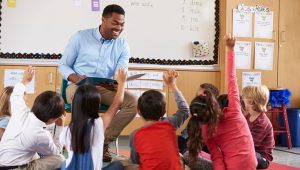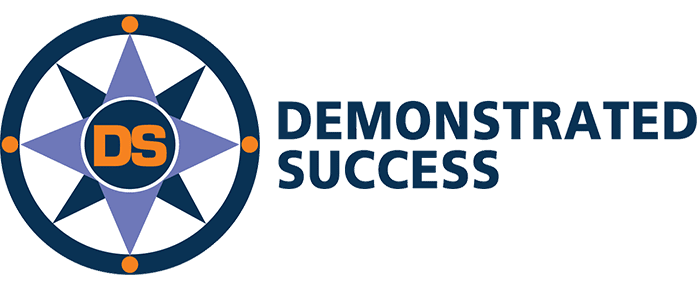Our students spend between 30-40 hours a week in our care. It is no surprise that our words and our actions have the power to profoundly impact their self-acceptance, mindset, and empathy for those around them. We have sizable influence over not just what our students learn as acceptable norms, but who they aspire to be in their world. In our current socio-political environment, they are watching us intently to see how we interact with people unlike ourselves, how we advocate for underrepresented populations, and seek equity for adults and children in our school community.

As educators, it is our responsibility to surface our own unintended biases, and acknowledge and mitigate against the institutional biases and stereotypes that compromise students’ emotional safety and access to educational resources.
Two simple ways to begin advocating for equity:
#1: Explore educational resources such as “Embrace Race,” “Facing History and Ourselves” and “Learning for Justice,” or viewing TED Talks such as “The Danger of a Single Story by Chimamanda Ngozi Adichie and “How to Raise a Black Son in America” by Clint Smith.
#2: Consider your own “Bias Biography,” by asking: “What has my life experience been with____________ that drives my conscious and unconscious decision making? The “blank” could be race, physical appearance, religion, nationality, disability, gender identification, sexual orientation to name a few. Depending on the adult culture of your school, this activity can be shared in small groups safely when conversation norms are agreed upon and held to with fidelity.
At the institutional level, it is essential that we collect and analyze data that can uncover inequity in our schools. Attendance data, student and staff perception data, behavior and discipline data, program data, assessment data and grades should all be disaggregated as appropriate and rigorously analyzed for patterns of inequity and bias. The process of problem identification and designing solutions must include diverse stakeholders, including students, families, staff and community members.
A sense of safety, belonging, and relationship is the plate on which learning sits. Given the racial and economic inequities illuminated by the pandemic, and recent national news, attention has been brought to the rise in racially and ethnically motivated crimes, antisemitism, legislation limiting the rights of the GBLT community, and what history we can teach. It is imperative that as educators, we aggressively pursue our own learning around these issues, so that we can serve our students through a lens of knowledge and empathy. Our students need to see us explicitly working towards justice for all vulnerable populations in our school communities. Through these efforts, we model compassion and advocacy, and we create an equitable, safe and empowering learning environment.

